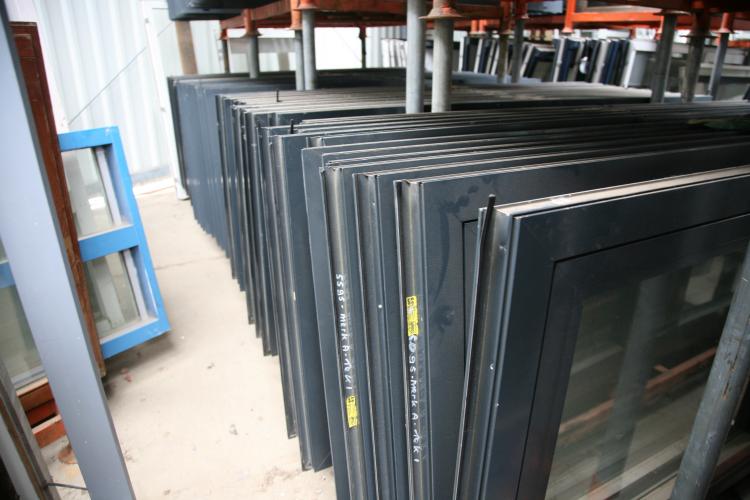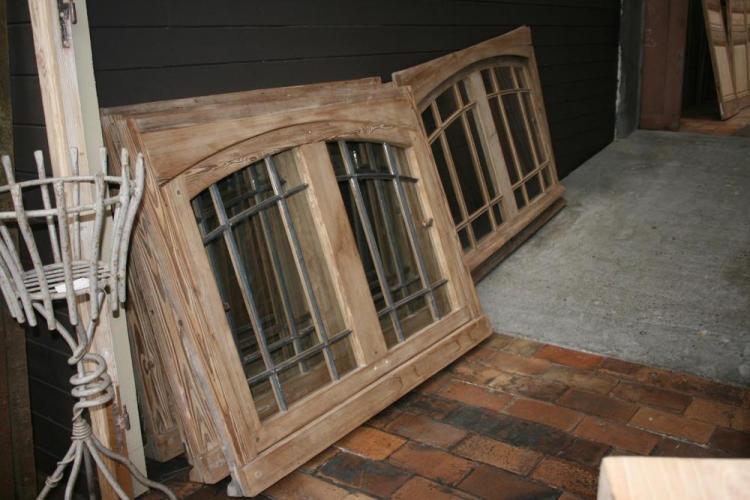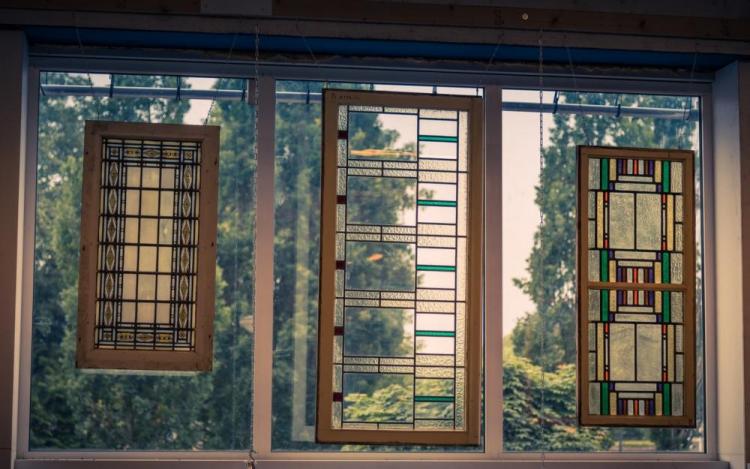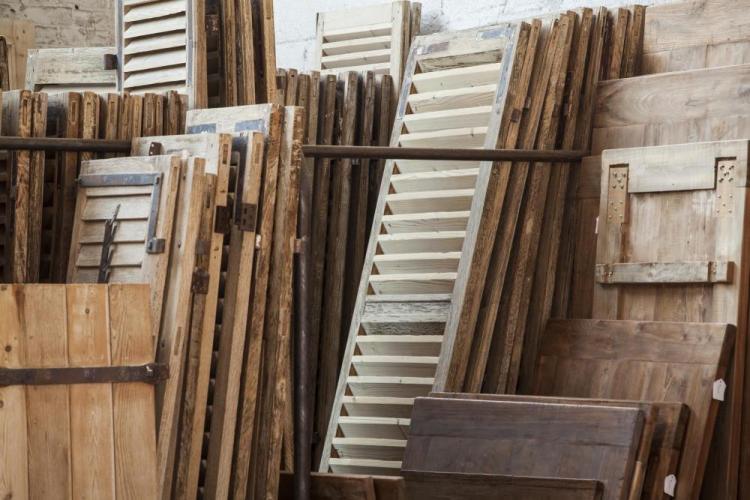Windows
The reuse of window frames raises the issue of energy performance. Windows play a crucial role in meeting contemporary requirements for thermal insulation and airtightness of the building envelope.
A distinction should therefore be made between older and newer windows. While older windows will be reserved for applications such as interior refurbishments, heritage restorations or buildings that are not subject to high performance requirements, newer windows can often meet more stringent requirements and be reused in facades. These windows are usually the result of the demolition of recent buildings. There are also lots on the market that are disqualified at the time of delivery because of a dimensional error.
Working with reused windows forces the designers to modify their work process somewhat: they have to dimension the openings to the size of the windows. However, it is often worth the effort, because with greater dimensional tolerance, it is possible to obtain quality elements at competitive prices and thus reduce the cost of an important item in construction projects.












